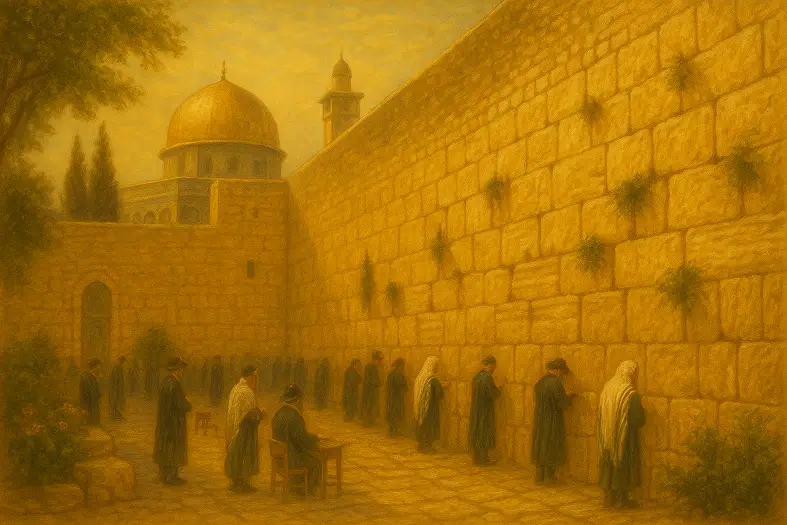


It is forbidden for men to shave off the peyot (the sidelocks) of the head, even with scissors in a razor-like manner.
This mitzvah prohibits removing the side corners of the head, the area above and behind the temples, which frame the face. The Torah distinguishes Israel through unique hair practices, setting them apart from idolatrous customs. Rambam (Hilchot Avodat Kochavim 12:1) rules that shaving the peyot with a razor violates a Torah prohibition, while scissors that cut like a razor are also included. The Talmud (Makkot 20a) specifies that the transgression occurs only when the hair is removed completely, blending the hairline into the face. Sefer HaChinuch (Mitzvah 251) explains that peyot preserve Jewish identity, preventing imitation of pagan priests who removed these signs in service to their gods. Ramban adds that the mitzvah reminds Israel to honor the natural distinctions Hashem gave them and not blur boundaries for foreign worship.
Commentary & Classical Explanation:
Contrast with Mitzvah 69 (Not to shave the beard):
Parallel to Holiness Practices:
Identity and Distinction in a Secular World
Fashion and Cultural Assimilation
Professional and Social Pressures
Technology and Grooming Tools
Public Jewish Identity
Countering Youth Trends and Cultural Icons
Faith Anchored in Practice


Mitzvot that prohibit worship of false gods and practices associated with idol worship.
Represents the concept of spiritual intentionality, purity, and sanctity—set apart for a higher purpose.
Signifies awe and reverence toward Hashem—living with awareness of His greatness and presence.
Represents Emunah—the deep, inner trust in Hashem’s presence, oneness, and constant involvement in our lives. This badge symbolizes a heartfelt connection to G-d, rooted in belief even when we cannot see. It is the emotional and spiritual core of many mitzvot.
Mitzvot that define and deepen the relationship between a person and their Creator. These include commandments involving belief, prayer, Shabbat, festivals, sacrifices, and personal holiness — expressions of devotion rooted in divine connection.
Mitzvot that strengthen communal life — showing up, participating, supporting, and belonging. Community is where holiness is shared, prayers are multiplied, and responsibility becomes collective.

Dive into mitzvot, prayer, and Torah study—each section curated to help you learn, reflect, and live with intention. New insights are added regularly, creating an evolving space for spiritual growth.

Explore the 613 mitzvot and uncover the meaning behind each one. Discover practical ways to integrate them into your daily life with insights, sources, and guided reflection.

Learn the structure, depth, and spiritual intent behind Jewish prayer. Dive into morning blessings, Shema, Amidah, and more—with tools to enrich your daily connection.

Each week’s parsha offers timeless wisdom and modern relevance. Explore summaries, key themes, and mitzvah connections to deepen your understanding of the Torah cycle.